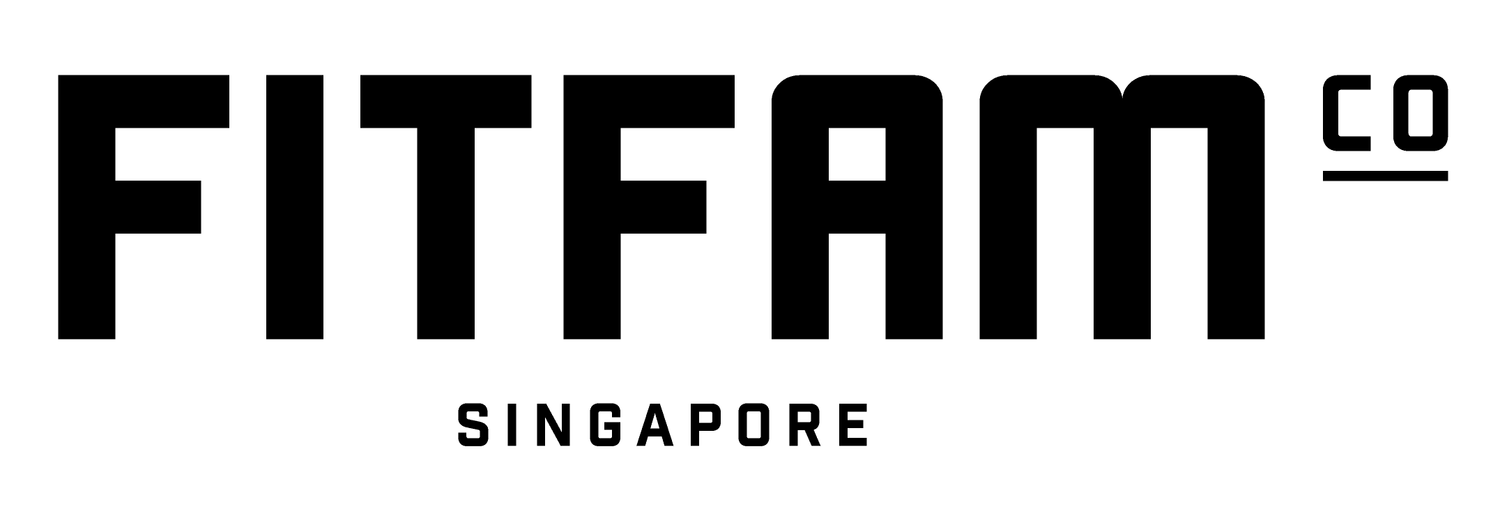Workplace Wellness Policy: Guide & Examples for HR
This extensive guide is meticulously crafted to assist Human Resources professionals in developing or refining a Workplace Wellness Policy or Employee Wellness Program Policy in their corporation. Aimed at fostering a culture of health and well-being within organizations, this template is designed to be customizable, allowing alignment with specific wellness objectives and the enhancement of overall employee engagement. By implementing a robust wellness policy, companies can significantly reduce healthcare costs and improve employee productivity.
Introduction to the Guide
The Employee Wellness Program Policy Guide acts as an essential blueprint for HR professionals. It facilitates the creation of initiatives that promote a healthy work environment, recognizing the critical role that employee wellness plays in boosting productivity, enhancing morale, and significantly reducing healthcare costs. Implementing such programs not only supports employees but also provides measurable benefits to the organization, including improved employee health, reduced absenteeism, and lower health risk factors.
Guide Components
Overview of Wellness Resources:
This section provides detailed information on various wellness resources, including relaxation areas, fitness activities, mental health programs, and support networks aimed at improving employee well-being. Examples include on-site fitness facilities, mental health days, stress management workshops, and access to counseling services which collectively help to support the mental and physical health of employees.
Participation Guidelines:
Emphasizes the voluntary nature of the program and outlines a range of incentives for engaging with wellness activities. These incentives not only motivate employees but also encourage them to achieve specific health goals. Such guidelines are crucial in fostering a workplace environment where employees are encouraged to maintain their health proactively.
Accessibility for All Employees:
Guarantees that the program is inclusive and accessible to all employees, making necessary accommodations for those with disabilities. This inclusivity helps employees feel supported and valued, regardless of their personal health challenges.
Guide Structure
Policy Brief & Purpose:
Clearly defines the objectives of the Employee Wellness Policy, emphasizing its role in enhancing health and creating a supportive workplace. This leads to better work-life balance and overall employee satisfaction.
Scope of the Program:
The policy applies to all employees, with potential for integration into existing health plans or as an independent offering. This flexibility encourages employees to adopt healthier lifestyles and integrate wellness into their daily routines.
Detailed Program Elements:
Goals: Set specific aims to support employee health through initiatives such as weight management support, smoking cessation, stress reduction, and overall physical wellness improvement.
Wellness Resources: Provides a comprehensive list of resources, including weekly fitness classes, personal training sessions, a wellness stipend for health-related expenses, healthy meal options in the cafeteria, and ergonomic workplace assessments.
External Vendors: Engages with external vendors for activities such as yoga classes, meditation sessions, and health screenings, ensuring voluntary participation in these offerings. These partnerships can extend the range of available wellness options and bring expert knowledge into the workplace wellness program.
Roles and Responsibilities:
Encourages team leaders to effectively communicate the availability of wellness resources, including personalized health assessments and access to mental health professionals. Leaders are also provided with budgets to organize team wellness outings, such as group hikes or charity runs, and are encouraged to share success stories of employees who have achieved their wellness goals.
Leadership is urged to create an environment where employee participation in the wellness program is supported openly, and any queries or concerns are addressed promptly and transparently.
Incentives and Rewards:
Proposes a variety of incentives, such as gift cards to health stores, extra vacation days for consistent program engagement, or premium discounts on health insurance to motivate participation. These incentives are designed to comply with legal standards and promote a culture of health within the organization.
Supporting Diverse Needs:
Demonstrates a strong commitment to inclusivity by providing alternative fitness programs for employees with mobility issues and ensuring that wellness resources are accessible to everyone, including those working remotely.
Legal and Ethical Considerations:
Advises on the ethical management of health information and compliance with legal standards to protect participants' rights and privacy. It also addresses the importance of confidentiality and respecting the privacy of employees' health data.
Guide Usage Disclaimer
This guide is designed to aid in the creation of a corporate wellness policy and should be adapted to fit your organization's unique needs. It does not constitute legal advice, and ensuring legal compliance is the user's responsibility.
As you embark on creating or refining your corporate wellness policy, remember that a well-structured plan can significantly enhance employee health and productivity. To further assist you in this journey, we offer our Corporate Wellness Proposal Launch Kit—a comprehensive set of resources designed to help you craft a compelling proposal for your management team. The best part? It's completely free!
Download the kit now and equip yourself with the tools you need to build an effective wellness program that resonates with your organization's goals. Click the button below to claim your free launch kit and start creating a healthier workplace today!


